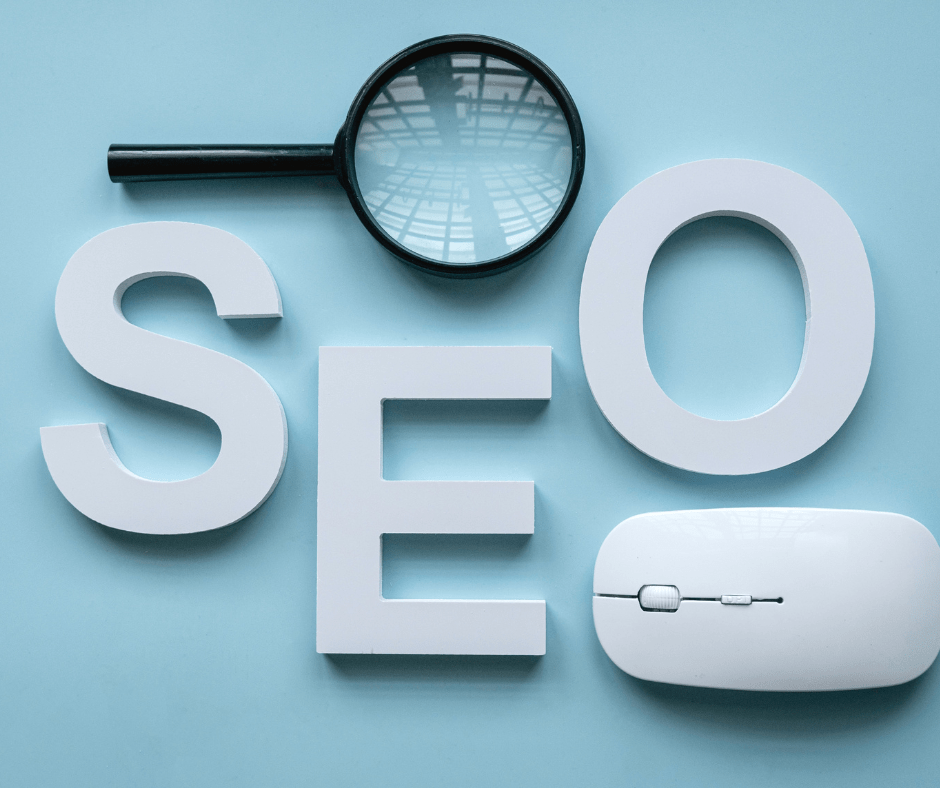What is On-Page SEO?
On-page SEO refers to the techniques and strategies used to optimize individual web pages to improve their search engine rankings and drive more targeted traffic to your website. This includes optimizing elements such as content, meta tags, titles, descriptions, headings, internal linking, and more. The goal of on-page SEO is to make your website more search engine friendly, increasing the likelihood of your pages appearing at the top of search engine results pages (SERPs).

Why is On-Page SEO Important?
On-page SEO is essential for several reasons:
- Improved Search Engine Rankings: By optimizing your website’s on-page elements, you can increase your chances of ranking higher in search engine results, driving more traffic and visibility to your site.
- Increased Conversions: By optimizing your content and meta tags, you can attract more targeted traffic, leading to higher conversion rates and ultimately, more sales.
- Better User Experience: On-page SEO best practices also improve the overall user experience, making it easier for visitors to find what they’re looking for and engage with your content.
How to Optimize Your Website for On-Page SEO
Now that we’ve covered the importance of on-page SEO, let’s dive into some actionable tips on how to optimize your website:
1. Keyword Research and Optimization
Conduct thorough keyword research to identify relevant and high-traffic keywords related to your business. Optimize your page titles, meta descriptions, headings, and content with these keywords, but be sure to write for your audience, not just the search engines.
2. Optimize Your Page Titles
Your page title is one of the most important on-page SEO elements. Make sure it’s descriptive, concise, and includes your target keyword. Aim for a title that’s 55-60 characters in length.
3. Write Compelling Meta Descriptions
Your meta description should provide a brief summary of your page’s content and include your target keyword. Keep it concise, around 155-160 characters, and make sure it’s compelling enough to entice users to click through.
4. Use Header Tags (H1-H6)
Organize your content using header tags, which help search engines understand the structure and hierarchy of your page. Use H1 tags for your main title, and H2-H6 tags for subheadings.
5. Optimize Your Content
Write high-quality, engaging, and informative content that provides value to your audience. Aim for a minimum of 500 words per page, and use variations of your target keyword throughout.
6. Internal Linking
Use internal linking to help search engines understand your website’s structure and navigate users to relevant pages. Use descriptive anchor text and link to relevant and useful pages.
7. Image Optimization
Optimize your images by using descriptive file names, alt tags, and compressing images to reduce file size. This improves page load times and search engine crawlability.
8. Mobile-Friendliness and Page Speed
Ensure your website is mobile-friendly and has a fast page load time (less than 3 seconds). This is crucial for both user experience and search engine rankings.
9. XML Sitemap and Robots.txt
Create an XML sitemap to help search engines understand your website’s structure, and optimize your robots.txt file to control how search engines crawl and index your pages.
10. Regularly Update and Refine
Regularly update your content, refine your optimization strategies, and monitor your website’s performance using tools like Google Analytics and Search Console.
Conclusion
On-page SEO is a crucial aspect of search engine optimization that can significantly impact